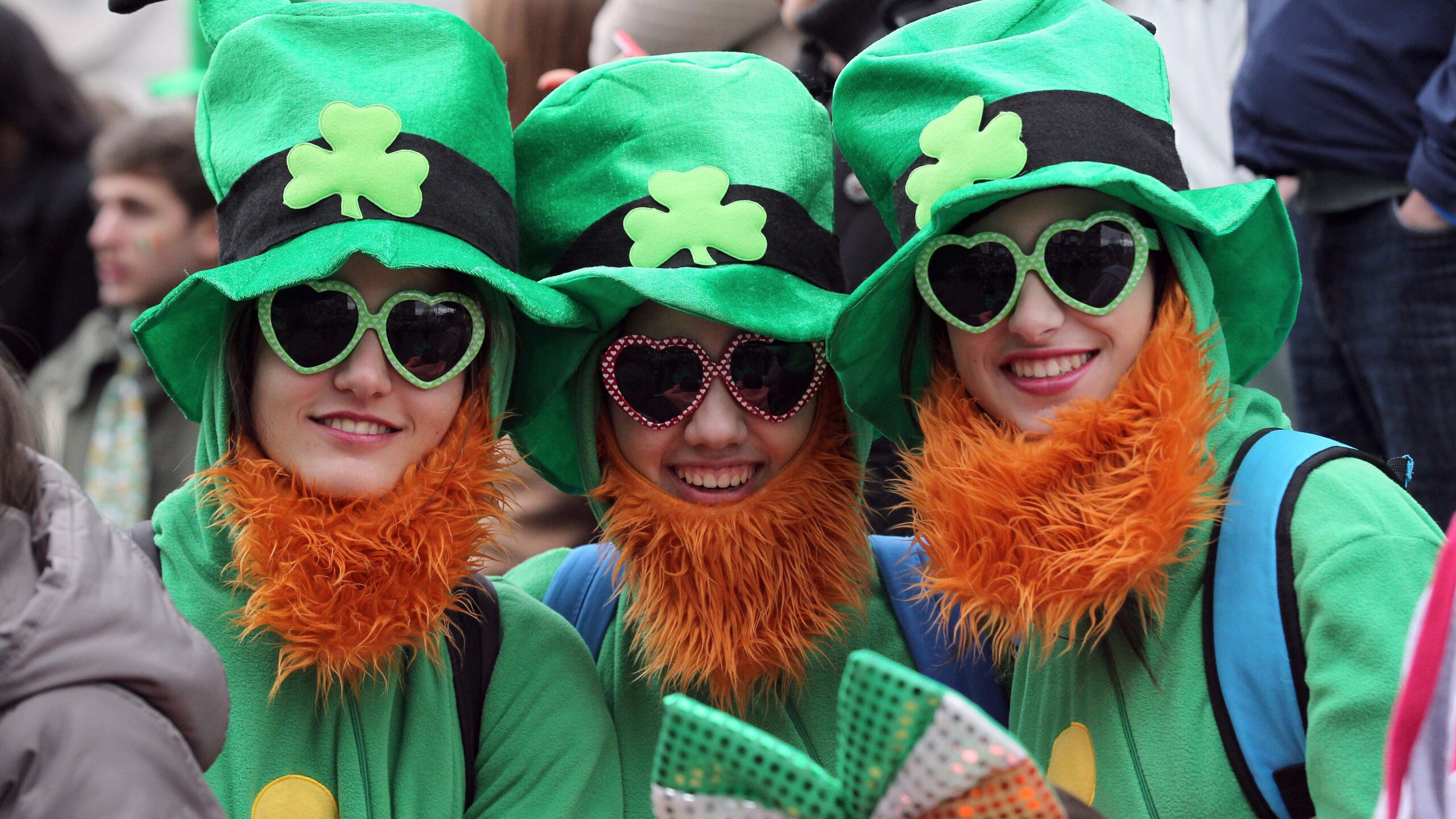
St. Patrick's Day is kind of a big deal in the US. Whether or not being Irish has anything to do with your heritage, it's hard not to notice when St. Patrick's Day is celebrated every year on March 17, because the US goes all out for the holiday. Since 1962, Chicago has been dying its river green for the occasion. Bars dye their beer green, corned beef and cabbage becomes ubiquitous on menus, and the parades, oh the parades!
More from MamásLatinas: Delicious mixed drinks recipes for the summer
You're probably familiar with St. Patrick's Day traditions and imagery, but how much do you really know about the holiday, which started as a holy day celebration and morphed into a celebration of all things Irish in this country?
Most of what I knew about it up until now had to do with legends of leprechauns and tall tales of snakes being driven out of Ireland more than actual history. I did know that it had religious origins because it has "Saint" in the title, after all. And it has always kind of reminded me of Cinco de Mayo in that it's more widely celebrated in the United States than it is in its country of origin.
But it makes sense that in a country of immigrants, celebrations like St. Patrick's Day and Cinco de Mayo that provide a much-needed way for immigrants and the children of immigrants to celebrate their ancestral heritage can become a much bigger deal than they have ever been in their native countries. When people celebrate Cinco de Mayo without knowing its history, it sucks. Same goes for St. Patrick's Day, so here's some background on the history of St. Patrick's Day and why it's celebrated so enthusiastically in the US.
Who was St. Patrick?
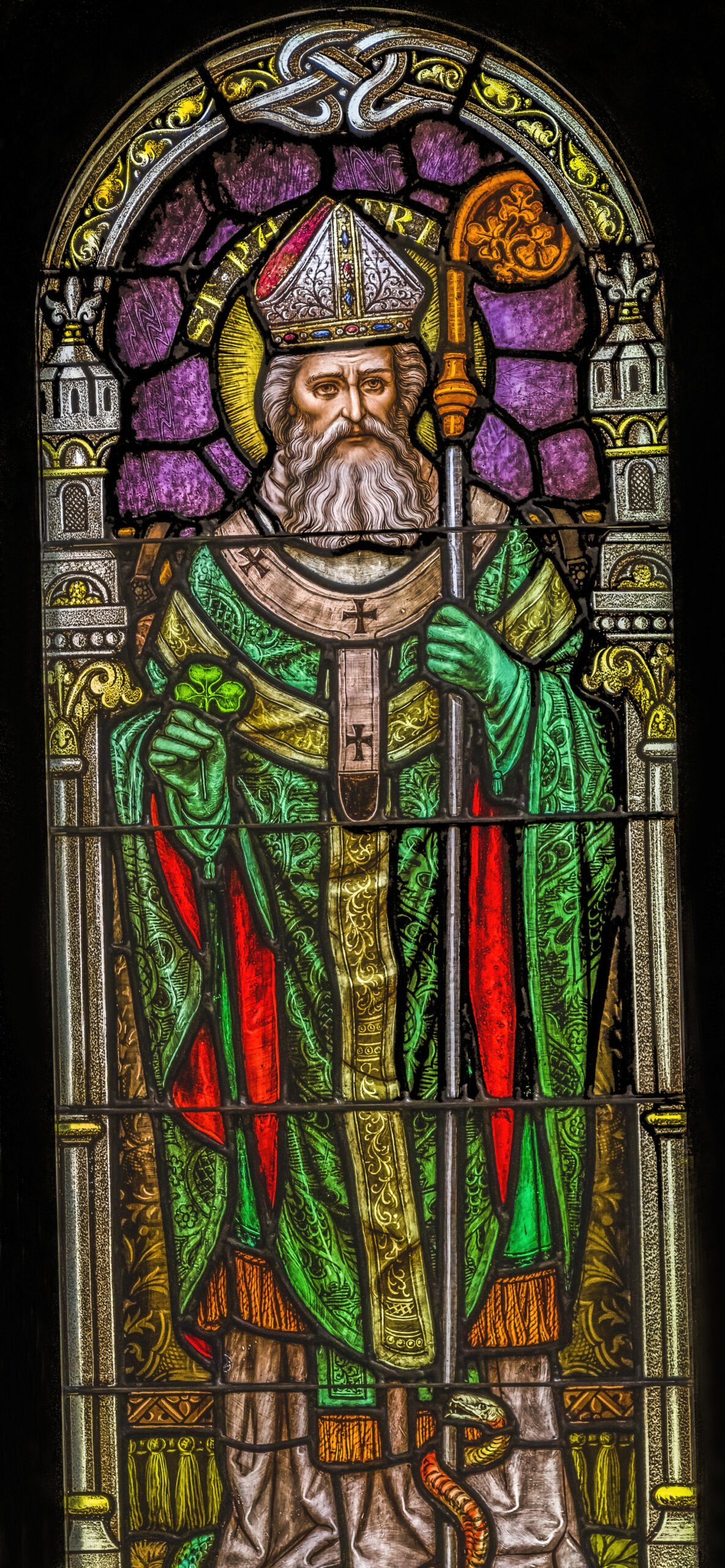
His name was Maewyn Succat. He adopted the Patrick after he became a priest. The name Patricius is derived from Latin and means “father figure.” He is now the patron saint of Ireland, but he was not born in Ireland. Patrick was born around 386 AD in Roman Britain—the part of Great Britain that was under Roman control from 43 AD to 410 AD. At the age of 16, he was kidnapped and enslaved by Irish pirates, who took him to Ireland.
He was enslaved for six years.
During that time, he tended sheep and spent most of his time alone in the wilderness. According to his writings, he prayed hundreds of times a day for protection and guidance from God. Some say that this is when he began to dream of converting the Irish people to Christianity.
A voice told him to escape.
He wrote that what he thought was the voice of God came to him in a dream and told him it was time to escape and leave Ireland. He walked over 200 miles before boarding a boat that took him back to Britain.
Back in Britain, he had another dream.
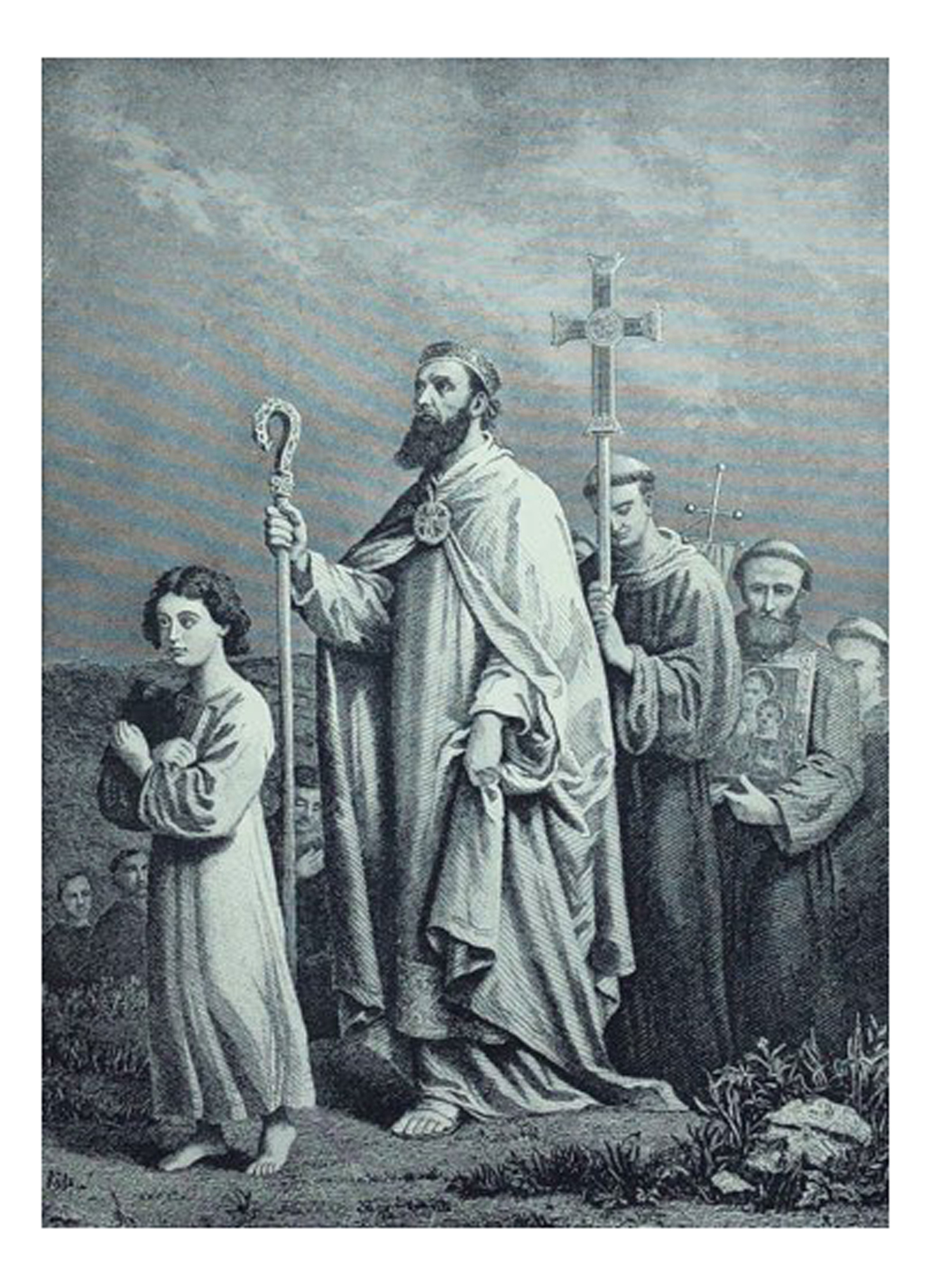
In this dream, an angel came to him and inspired him to study and get ordained for the priesthood so that he could return to Ireland and minister to Christians who were already there and convert the Irish. This goes against the legend that he introduced Christianity to Ireland.
His studies lasted more than 15 years.
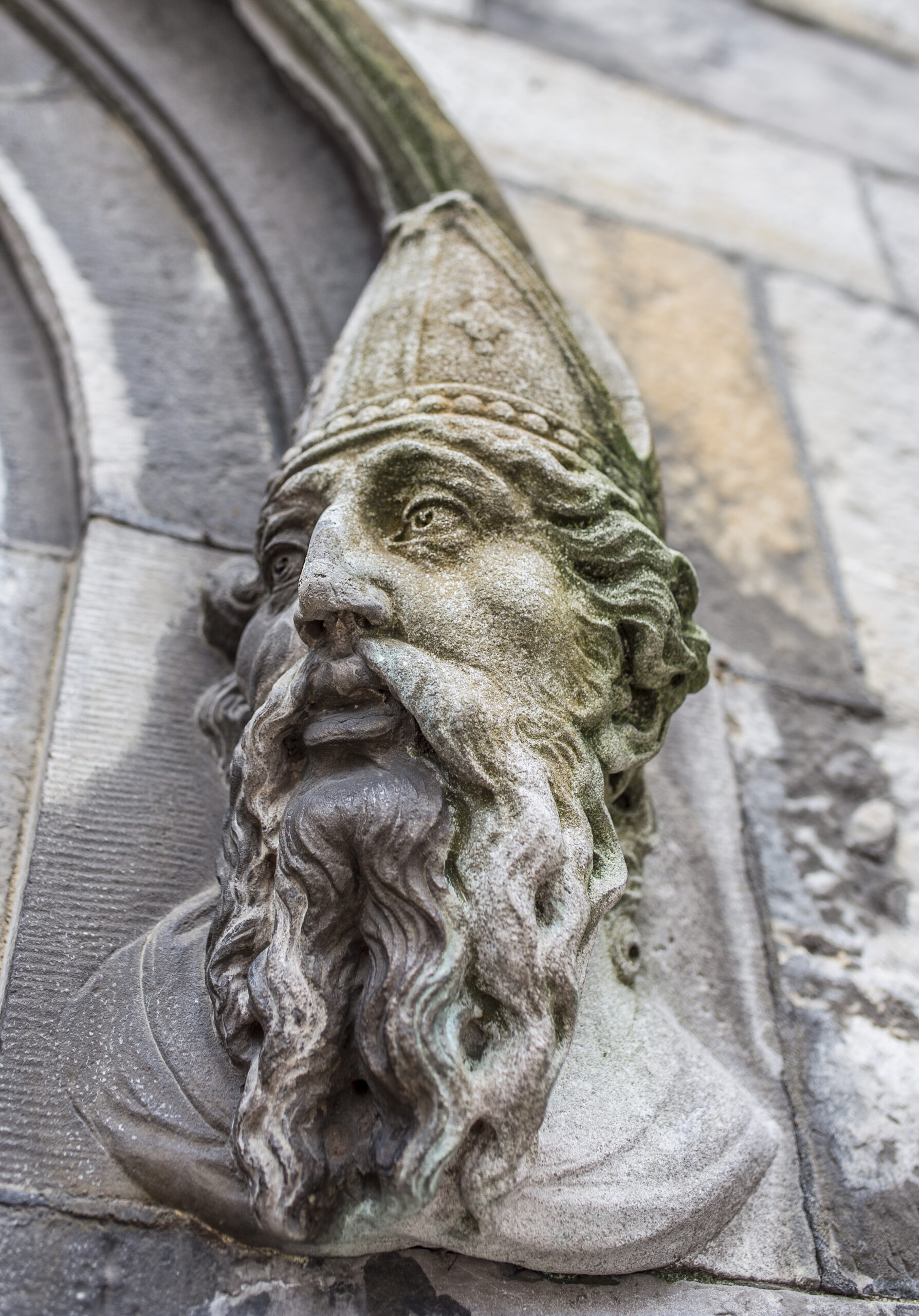
He traveled to France and studied in Gaul under Bishop Germanus of Auxerre. He studied for more than 15 years and became ordained as a priest. Around 433 AD, he returned to Ireland, where he dedicated himself to converting Irish people to Christianity; ordaining priests; and building churches, monasteries, and schools.
When did he die?
It is said that he died on March 17, 461-ish AD, which is why St. Patrick’s Day is celebrated on March 17 every year. The accounts of his death vary in terms of how old he was and where he died, but he seems to have died of old age.
When was St. Patrick’s Day first celebrated?
The Roman Catholic feast day of St. Patrick has been celebrated in Ireland since around the ninth or tenth century. Surprisingly, the first St. Patrick’s Day parade in the world happened on March 17, 1601, in the US, not Ireland. It wasn’t until 1903 that Ireland declared it a national holiday.
Why did St. Patrick’s Day become such a big deal in the United States?
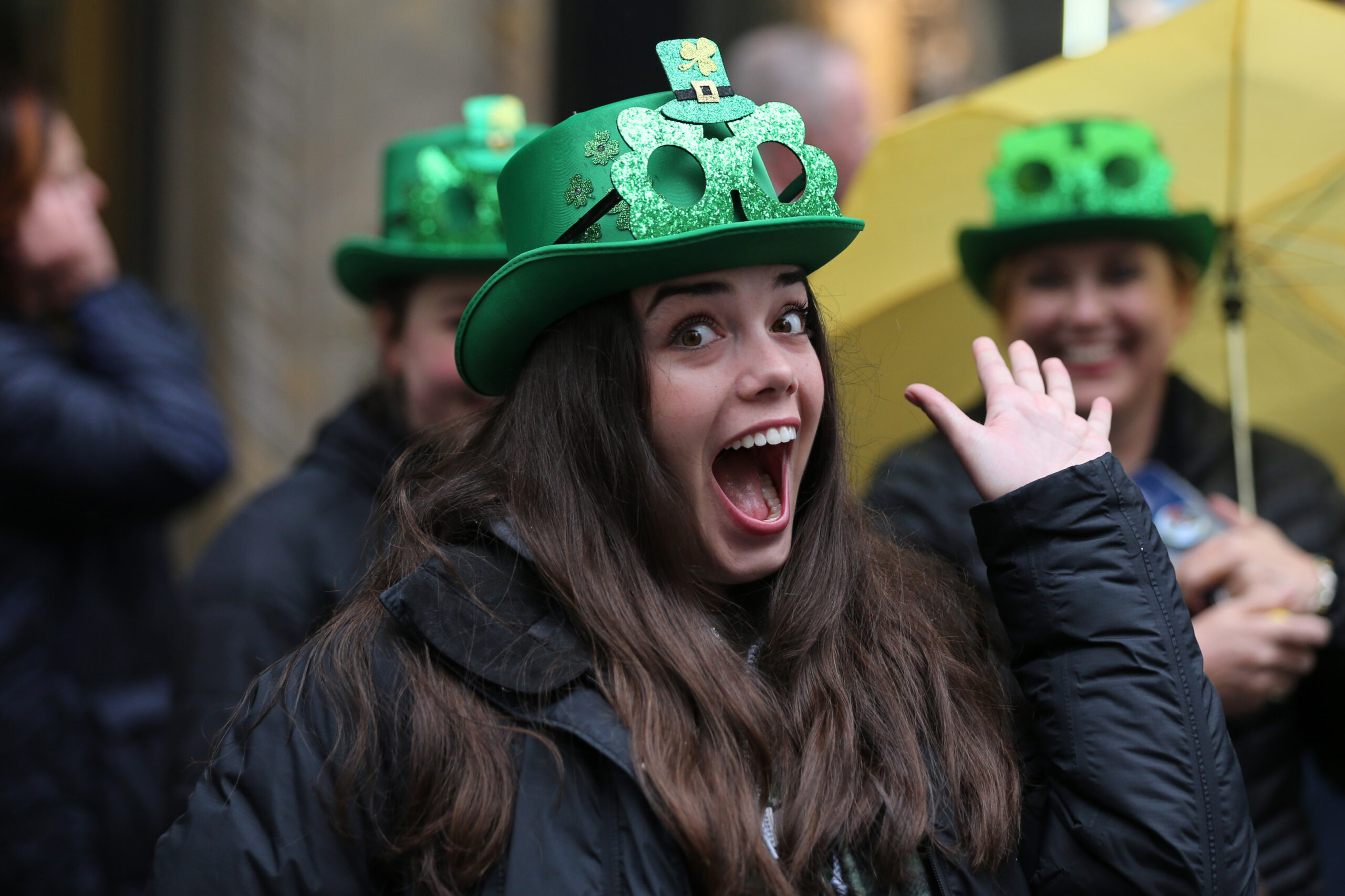
You have to keep in mind that the Irish immigrants who came to the US because of the Great Famine (also known as the Irish Potato Famine) of 1845-1852 were treated poorly and disliked because of their accents and because many of them were Catholics at a time when Americans were mostly Protestants. St Patrick’s Day became a way for immigrants to celebrate their Irish heritage.
In Ireland, pubs used to have to close on St. Patrick’s Day.

Whereas in the US, St. Patrick’s Day has always been big in bars, in Ireland pubs were required to close for the holiday all the way up until the 1970s since it started off as a religious observation. Nowadays, the Irish government embraces the holiday as a way to get tourists to visit.
What’s the deal with leprechauns?
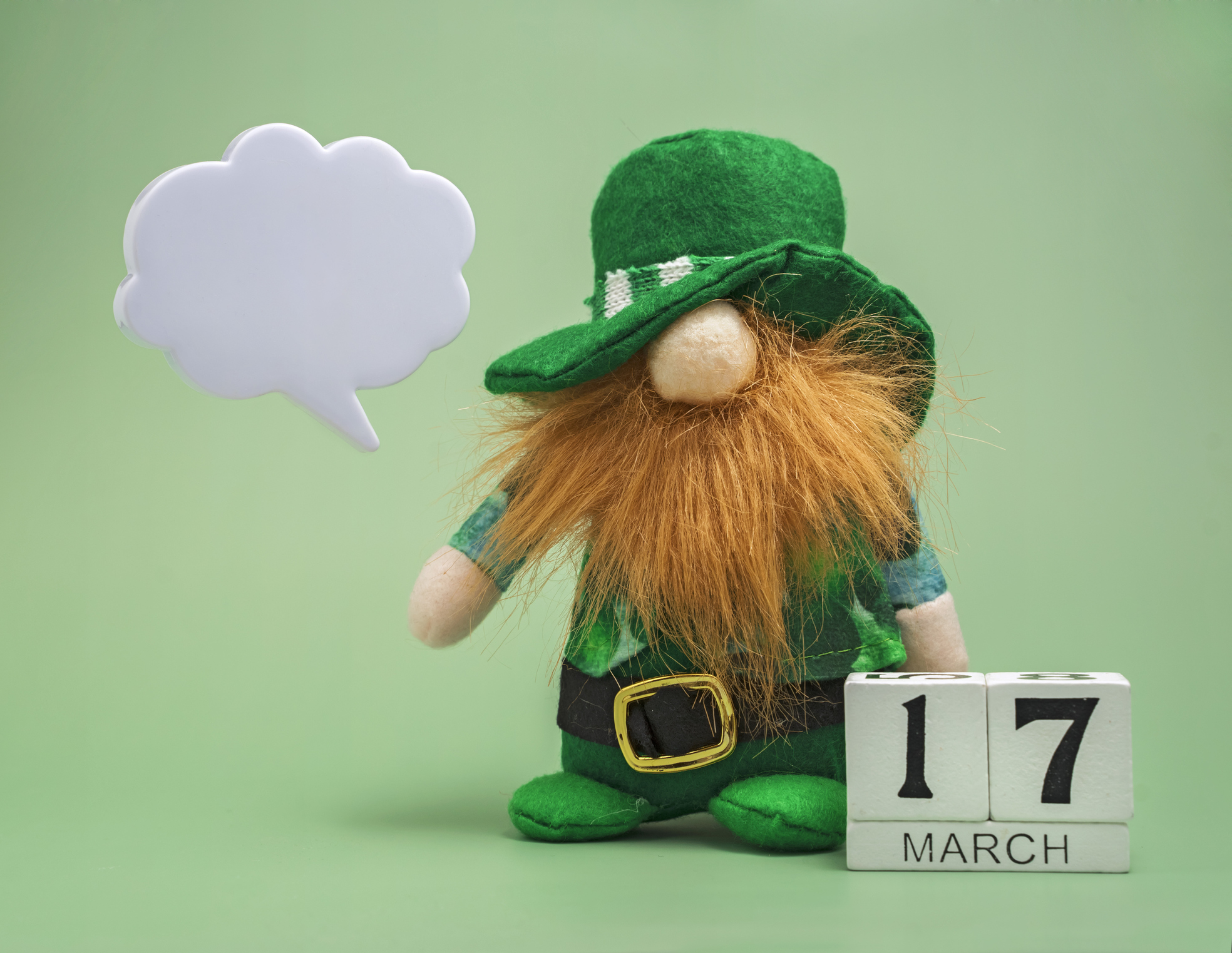
I looked everywhere and there doesn’t seem to be a strong connection between leprechauns and St. Patrick, so why are leprechauns so associated with St. Patrick’s Day? Probably because leprechauns are associated with Ireland because they are a part of Celtic folklore. Originally called lobaircin, they were grouchy little creatures with magical powers who made shoes for fairies and guarded treasure.
Why do people wear green for St. Patrick’s Day?
The color blue was originally associated with St. Patrick, but perhaps green took over as a symbol for the holiday because of leprechauns. Legend has it that the color green makes you invisible to leprechauns, who are pinch-y creatures who like to pinch anybody they lay eyes on.
What about the legend of St. Patrick driving snakes out of Ireland?
Have you heard that one? I know I heard it a lot growing up. Turns out it’s not true, since there were no snakes in Ireland to be driven out. It could be that “snakes” was at some point code for pagans, and since St. Patrick did convert a lot of pagans to Christianity, that’s where that legend originated.
Why are shamrocks associated with St. Patrick?
Another legend has it that St. Patrick would use native three-leaf clovers to explain the Holy Trinity and how they could be separate yet one to non-Christians in Ireland. There’s a lot of debate on whether he actually did do this or not.
What about four-leaf clovers?

Four-leaf clovers don’t have anything to do with St. Patrick, yet they still make an appearance in imagery for St. Patrick’s Day. The reason why four-leaf clovers are considered lucky is because they are extremely rare, not because they have anything to do with St. Patrick, but throughout the years they sort of got rolled up into the celebration of all things Irish.
Teach your kids about the holiday.
Check out this short informational video, which is a great way to introduce the history of St. Patrick’s Day and the saint it was named after to your kids. Using holidays to teach your kids history is a great way to make learning fun and get them interested in being lifelong learners.




